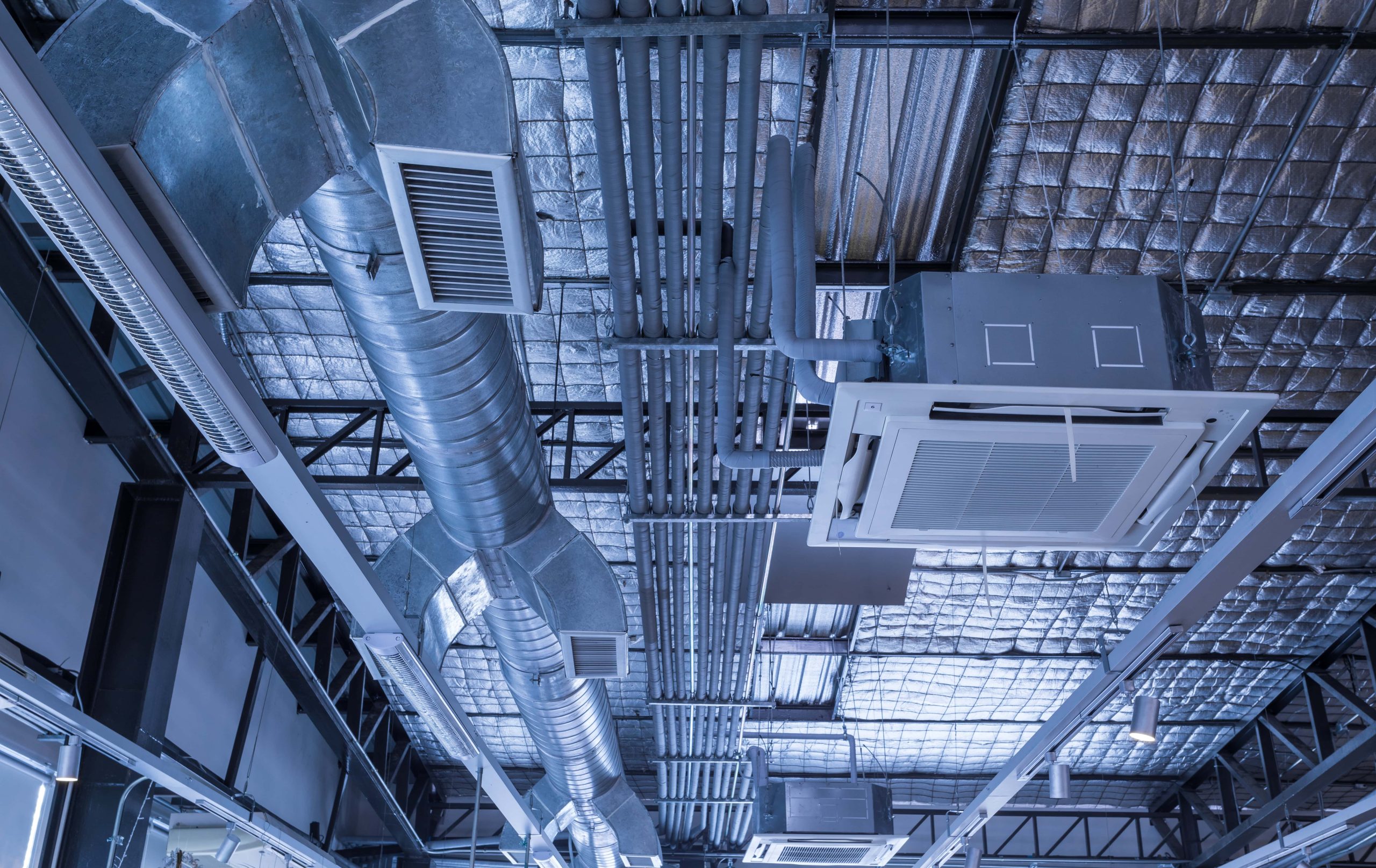Navigating the Hurdles – Challenges Faced by the HVAC Sector in Kenya

Introduction
In the vibrant landscape of Kenya, the HVAC sector plays a crucial role in providing comfort and functionality to diverse spaces. However, like any industry, it encounters its fair share of challenges. This article delves into the hurdles faced by the HVAC sector in Kenya, exploring the economic, regulatory, and technological landscapes that shape its journey.
Economic Influences on the HVAC Sector
Examining Economic Conditions: The economic climate of Kenya significantly impacts the HVAC industry. Fluctuations in economic conditions directly influence consumer spending and, subsequently, the demand for HVAC products and services.
Navigating Economic Challenges: From currency fluctuations to inflation, HVAC businesses grapple with economic challenges that can impact pricing, project viability, and overall sustainability.
Regulatory Hurdles and Government Policies
The Regulatory Landscape: The HVAC sector in Kenya operates within a regulatory framework that shapes industry practices. Compliance with standards and regulations is a constant challenge for businesses.
Government Policies and Challenges: Government policies, while essential for environmental and safety standards, can pose challenges for HVAC businesses in terms of compliance costs and operational adjustments.
Technological Advancements and Adaptation
The Pace of Technological Advancements: The rapid evolution of HVAC technologies presents a significant challenge. Staying current with the latest innovations requires constant investment in research and development.
The Need for Adaptation: HVAC companies face the dilemma of adapting to new technologies while ensuring that existing systems remain efficient. Balancing this transition can be financially and operationally burdensome.
Skilled Labor Shortage
Critical Shortage of Skilled Workers: The HVAC sector in Kenya experiences a shortage of skilled technicians. This scarcity contributes to delays in project timelines and can compromise the quality of services provided.
Impact on Projects and Services: A lack of skilled labor not only affects project completion but also poses challenges in meeting customer expectations regarding installation, maintenance, and repair services.
Consumer Awareness and Education
The Challenge of Limited Awareness: Many consumers in Kenya lack comprehensive awareness of HVAC systems, leading to uninformed choices. This challenge places a responsibility on HVAC companies to educate potential clients.
The Role of Informed Consumers: Educated consumers contribute to a healthier industry. They make informed decisions, driving demand for energy-efficient and sustainable HVAC solutions.
Environmental Sustainability Pressures
Shift Towards Sustainability: The global focus on environmental sustainability has intensified. HVAC companies face pressures to adopt eco-friendly practices, from manufacturing processes to system disposal.
Challenges in Implementation: While the commitment to sustainability is commendable, HVAC businesses encounter challenges in balancing environmental responsibility with economic feasibility.
Supply Chain Disruptions
Impact of Disruptions: The HVAC sector is not immune to supply chain disruptions. Events like global pandemics, geopolitical tensions, or natural disasters can disrupt the timely flow of essential components.
Mitigating Supply Chain Challenges: Effective supply chain management is crucial for HVAC businesses. Strategies to mitigate disruptions include diversifying suppliers and maintaining strategic reserves.
Competition and Market Saturation
Intense Competition: The HVAC market in Kenya is competitive, with numerous players vying for attention. This competition impacts pricing, innovation, and customer retention strategies.
Strategies for Survival: Companies must navigate market saturation by differentiating themselves through quality service, innovation, and strategic marketing to stand out amidst the competition.
Technician Training and Development
Continuous Learning Requirements: HVAC technology evolves, requiring technicians to undergo continuous training. Keeping technicians updated is a challenge for both businesses and employees.
The Impact on Service Quality: Well-trained technicians contribute to the overall quality of HVAC services. The challenge lies in investing in ongoing training programs to ensure a skilled workforce.
Adoption of Sustainable Practices
The Call for Sustainability: Consumer preferences are shifting towards sustainable practices. HVAC businesses are challenged to adopt eco-friendly solutions while ensuring profitability.
Balancing Profitability and Responsibility: Striking a balance between economic viability and sustainability is a constant challenge. Investments in green technologies often come with higher upfront costs.
Customer Expectations and Satisfaction
Evolving Customer Expectations: As consumers become more discerning, their expectations from HVAC services evolve. Meeting these expectations is crucial for customer satisfaction.
The Role of Service Quality: Ensuring top-notch service quality is essential for customer satisfaction. HVAC businesses must align their practices with customer expectations to thrive in the market.
Navigating Economic Downturns
Impact of Economic Fluctuations: Economic downturns pose unique challenges to the HVAC sector. Reduced consumer spending and project delays during these periods require strategic planning for survival.
Strategies for Resilience: Companies that navigate economic downturns successfully often do so through diversification, cost-cutting measures, and strategic partnerships.
Technology Integration Costs
Financial Challenges of Integration: While integrating new technologies is crucial for staying competitive, the upfront costs can be a significant barrier for smaller HVAC businesses.
Budgetary Constraints: Companies must carefully plan and allocate budgets for technology integration, considering long-term benefits against immediate financial constraints.
Conclusion
In conclusion, the HVAC sector in Kenya faces a myriad of challenges ranging from economic influences and regulatory hurdles to technological advancements and skilled labor shortages. Navigating these challenges requires resilience, adaptability, and a strategic approach from industry players.
FAQs
- Q: How does the shortage of skilled labor impact HVAC projects in Kenya?
- A: The shortage leads to delays in project completion and can compromise the quality of HVAC services.
- Q: How do HVAC companies balance sustainability with economic feasibility?
- A: Balancing profitability and sustainability involves strategic investments, green technologies, and careful cost considerations.
- Q: What strategies can HVAC businesses employ to navigate economic downturns successfully?
- A: Strategies include diversification, cost-cutting measures, and forming strategic partnerships to withstand economic challenges.
- Q: How do disruptions in the supply chain affect the HVAC sector?
- A: Supply chain disruptions impact the timely availability of essential components, requiring businesses to adopt effective mitigation strategies.
- Q: How can HVAC companies address evolving customer expectations in the industry?
- A: Meeting evolving customer expectations involves aligning practices with consumer preferences, ensuring top-notch service quality, and continuous innovation.


